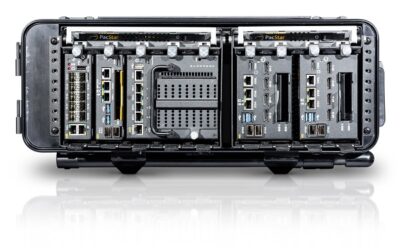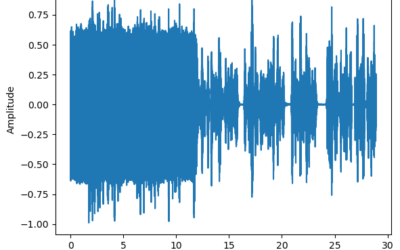Swedish Air Force AEW&C Upgrade
The Swedish Air Force is anticipating a decision on a possible mission system upgrade for its Saab 340-derived ERIEYE airborne early warning and control (AEW&C) aircraft, which will keep the capability operational past the current out of service date of 2020.
Dubbed Airborne Surveillance and Control 890 (ASC890) in Swedish service, two examples are currently in service, mainly carrying out quick reaction alert (QRA) sorties over the Baltics.
The upgrade would allow the radar to follow more tracks – it currently has the capability to track 1,000 land and 500 sea targets simultaneously – as well as providing a longer stand-off range than the 450km that it can currently operate over. It could also offer a smaller radar cross section to provide more stealth, and have an increased capability to track smaller fast-moving targets.
Maj. Hendric Svensson told media at Malmen air force base on 10 May that the airframe is structurally sound enough to operate out to 2030, but a mission system upgrade is required, which was originally expected to be contracted some two years ago.
A decision needs to be made imminently in order to ensure the aircraft can be seamlessly operated past 2020, Svensson said. He noted that it is likely to happen, because the aircraft has proven itself in recent years as critical to support the QRA missions it carries out over the Baltics on a regular basis.
An alternative to the upgrade would be the acquisition of a new aircraft, a likely candidate for which would be Saab’s new Bombardier GLOBAL 6000-derived GlobalEye system.
Svensson said this would be an ideal platform for Sweden, but no decision has been made, and there is currently no funding allocated to this.
The current ERIEYE system has a 5.5h maximum endurance, but a typical sortie is 4h, and it is a “slow mover” with a maximum speed of 250kt.
There is planning in place to integrate an AIS capability into the system, and a test version of this is being ran at the moment.
Svensson also acknowledged that there is a shortage of operators, and the air force is in the process of training two more to begin operations this autumn.
With a cost per flight hour of some $2,500, the aircraft is a low cost option, Svensson noted, and it also benefits from an established spares supply chain, because the ASC890 is based on a civil aircraft.
However, the small fleet size is adding stress to the mission, and there is a lack of satellite communications/global communications.
The aircraft is LINK 16 capable, something which has made the aircraft important to coalition missions in recent years. The IFF system has a 500km range, but there are no plans to take this to NATO’s soon to be mandated Mode 5 standard at present.
“The radar is really good and we almost always find what we’re looking for,” Lt. A. Thorner, an ASC890 operator, added. “If we know what we’re looking for, we’ll find it 99 times out of 100.”
The radar is able to detect low observable targets, and cruise missiles and unmanned aerial vehicles are typically the smallest air targets it can detect.
Beth Stevenson

























